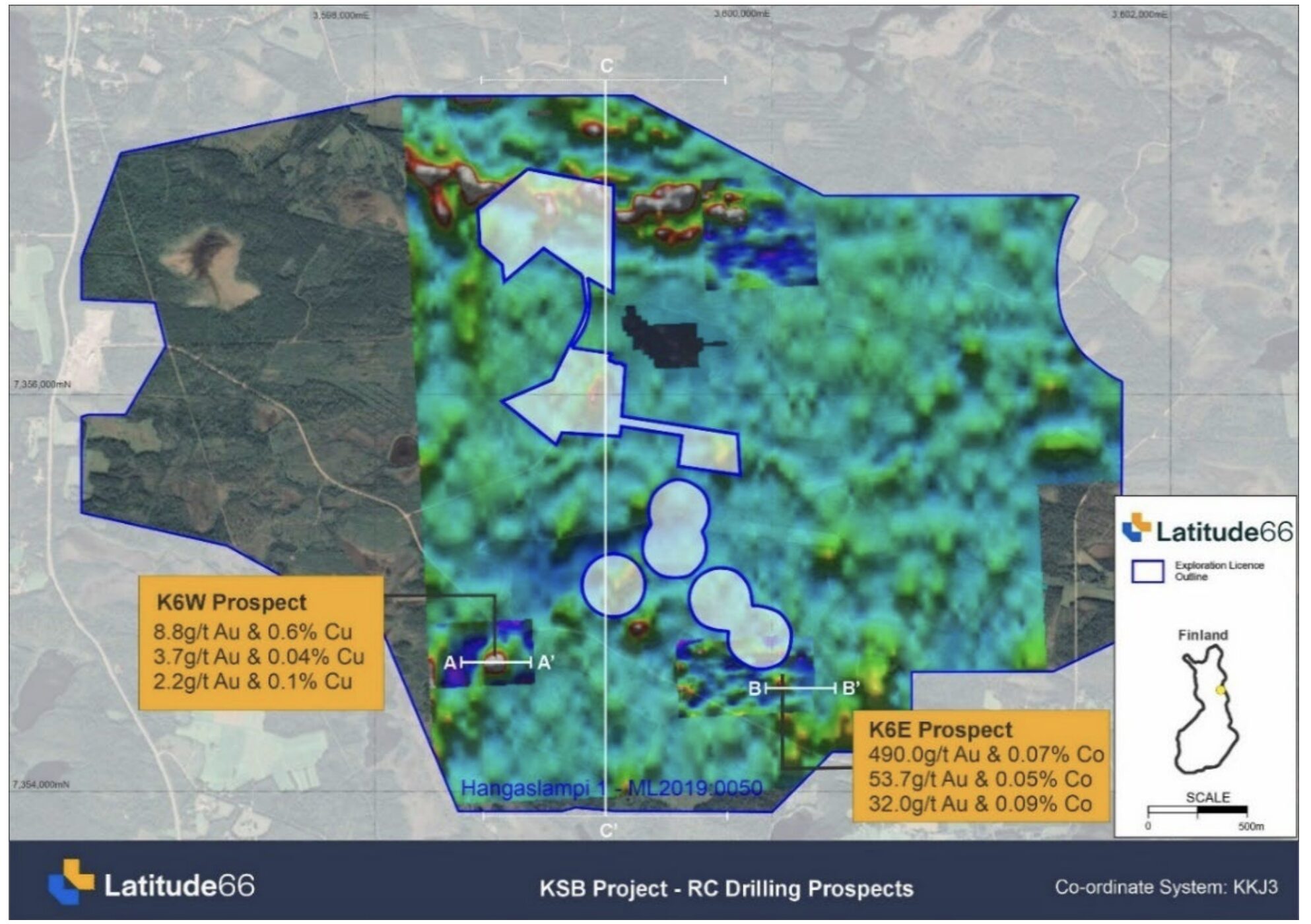Latitude strikes bedrock anomalies at K6 prospect in Finland

Latitude 66 believes the results have intersected the margin of a mineralised system at the wider KSB project in northern Finland. Pic: Getty Images
- Latitude 66 completes RC drilling at the K6 prospect, testing gold-cobalt targets
- The results confirm the extension of the mineralised gold trend from the K1 deposit to the K6 prospects is about 2.5km
- Future work at K6E will focus on refining the structural model through detailed mapping and reprocessing of geophysical datasets
Special report: A recently completed reverse circulation drilling program at Latitude’s K6 prospect has successfully tested gold-cobalt prospective targets, confirming the extension of the mineralised gold trend stretches for 2.5km.
The program comprised 12 vertical RC drill holes, totalling 315m, and was designed to test the K6E and K6W prospects.
Drilling focused on zones defined by discrete induced polarisation (IP) chargeability anomalies coincident with surface boulder samples returning up to 8.8g/t gold and 0.6% copper.
RC drilling intersected zones of anomalous gold, cobalt and copper mineralisation across both targets and confirms the presence of a chargeable source close to surface.
The tenor and distribution of mineralisation suggests the intersected mineralisation may represent a distal expression of a more robust, deeper mineralised system.
A secondary objective of the program was to evaluate RC drilling as a lower-cost, higher-productivity alternative to diamond core drilling for early-stage exploration in the Finnish environment.
RC drilling, though uncommon in European terrains, achieves significantly faster drilling rates and is about half the cost of comparable diamond core drilling.
Latitude 66 (ASX:LAT) believes the drilling at K6E and K6W demonstrated the effectiveness of the RC drilling technique for shallow testing and confirmed its suitability for rapid first-pass exploration across the broader KSB project area.
LAT managing director Grant Coyle said the trial of RC drilling has proven successful at the flagship KSB project in northern Finland, where RC drilling is not widely used outside of mine development drilling.
“This is an exciting step forward in improving efficient early-stage drilling that has the potential to accelerate exploration and resource growth for the KSB project,” Coyle said.
“The results from this program have provided valuable information to understand the characteristics of mineralisation and will guide our future follow up work on the K6 Prospect area nearby to the K1, K2 and K3 deposits.”

What else is happening?
Future work at K6E will focus on refining the structural model through detailed mapping and reprocessing of geophysical datasets to further understand the interpreted fold hinge and associated lithological contacts.
This next phase of exploration will aim to determine whether the down-dip chargeability anomaly corresponds to a more robust zone of mineralisation and to assess the broader mineral potential of the K6 corridor.
This article was developed in collaboration with Latitude 66, a Stockhead advertiser at the time of publishing.
This article does not constitute financial product advice. You should consider obtaining independent advice before making any financial decisions.
Related Topics

UNLOCK INSIGHTS
Discover the untold stories of emerging ASX stocks.
Daily news and expert analysis, it's free to subscribe.
By proceeding, you confirm you understand that we handle personal information in accordance with our Privacy Policy.








